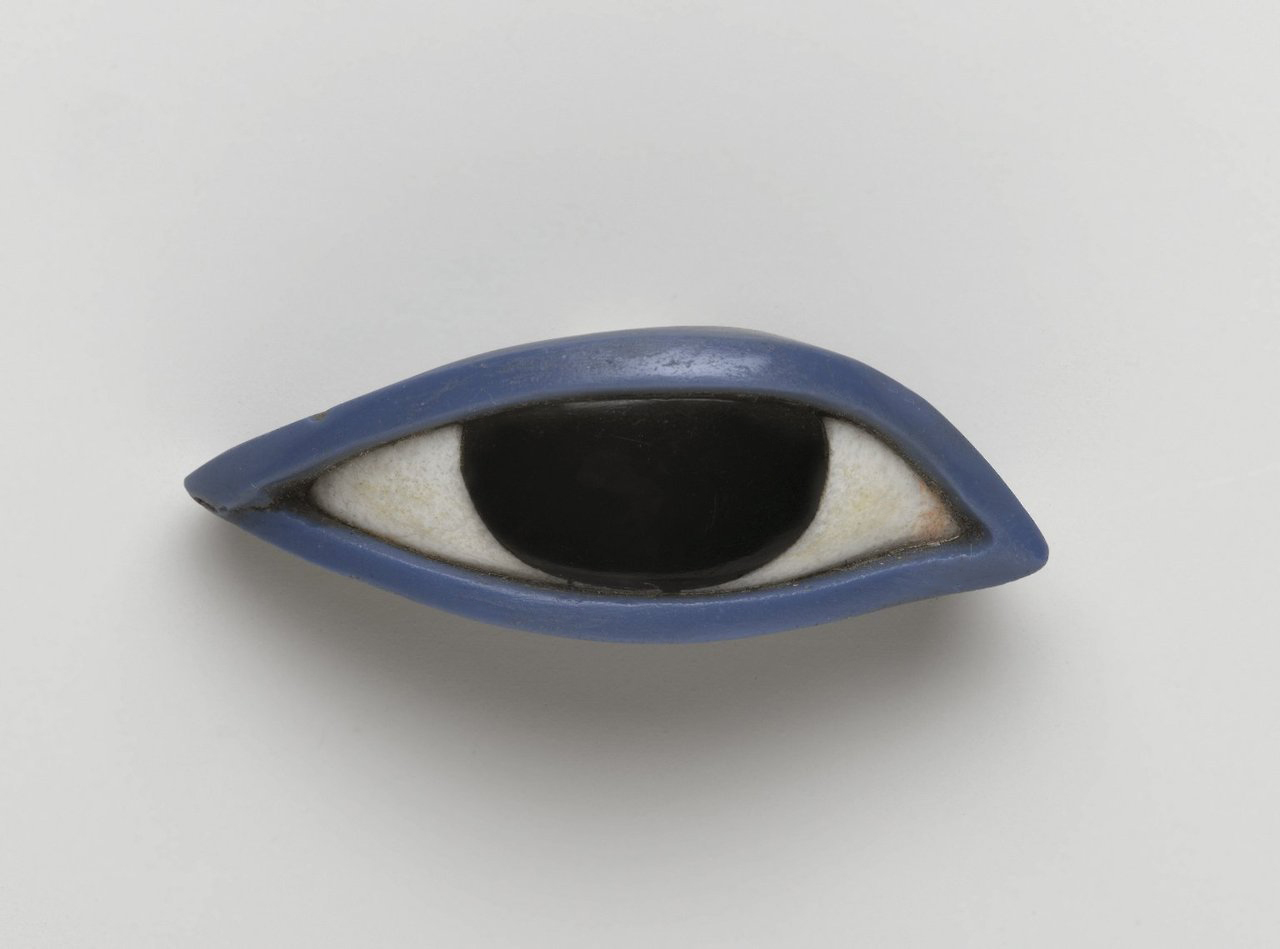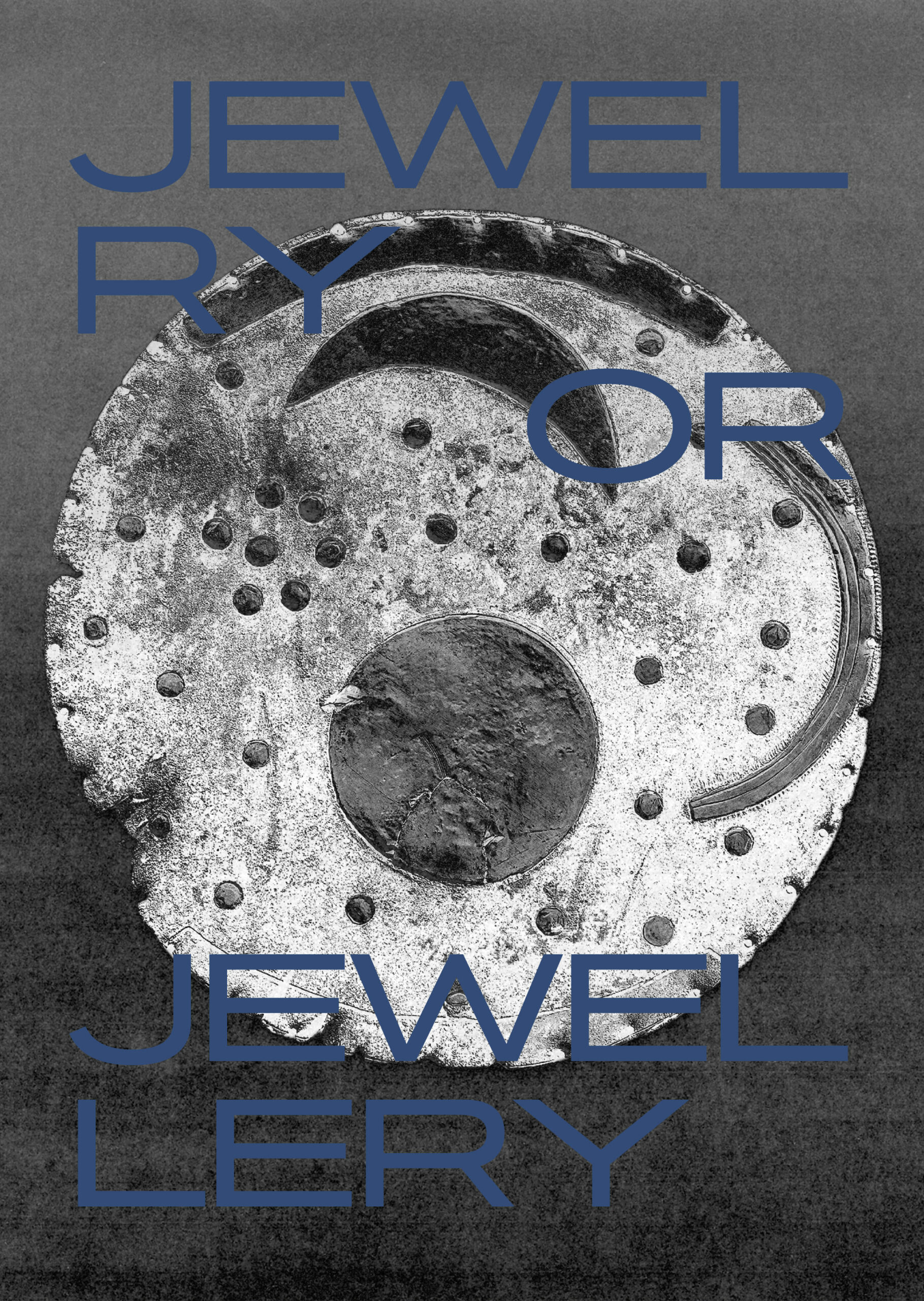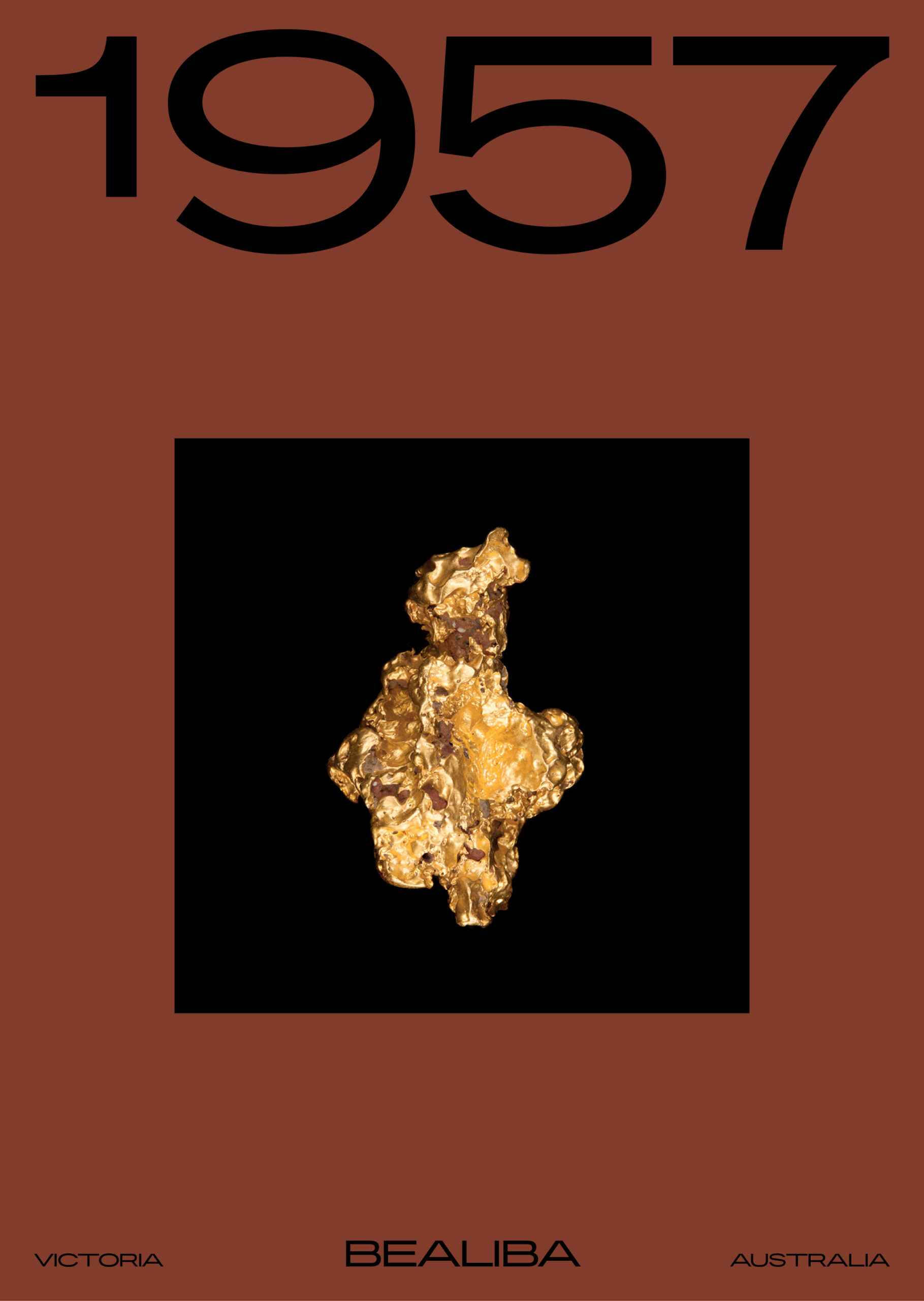The color of the right eye inlay symbolizes that the deceased has passed all worldly trials and tribulations and is now among the gods and Osiris, who was the ruler of the dead and also a force that granted life and fertility to the living world. This binary role was interlinked with the Egyptian concept of divine kingship. At death, any ruling king immediately became one with Osiris, while the king’s son, the living king, was identified with Horus, the god of the sky. Osiris and Horus were thus father and son, while the goddess Isis was the mother of the king Horus and consort of Osiris.
A king’s identification with Osiris was not an indication of resurrection, as Osiris could never rise from the dead. It did, however, signify the renewal of life both in the afterlife and through one’s descendants on Earth. Osiris was behind anything signifying life force – from sprouting vegetation to the annual flood of the Nile River.
The right eye also has a striking resemblance to classical evil eye amulets, or good luck charms that are believed to confer protection upon its possessor. The word amulet is derived from the Latin amuletum, which Pliny’s Natural History describes as “an object that protects a person from trouble.” Superstitions abound that when someone casts an evil eye or a malevolent glare on someone, then it will cause the person on the receiving end all manner of misfortune and bad luck. To ward off this negative energy, many cultures around the world began to create amulets in the shape of an eye. Evil eye amulets are common in countries from the Levant to Greece, Italy, Portugal, Brazil, the Balkan countries and as far as Iran, India, Algeria and Tunisia.




